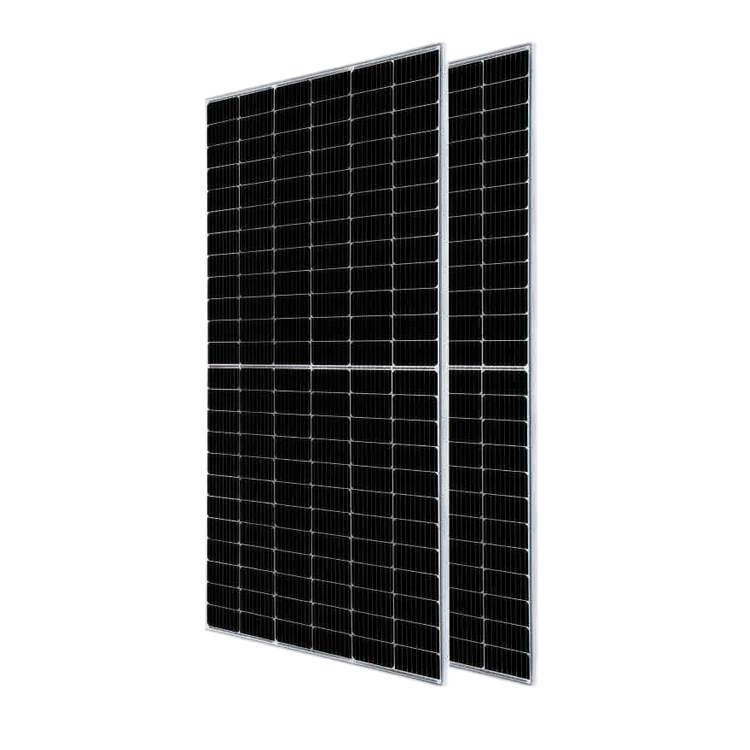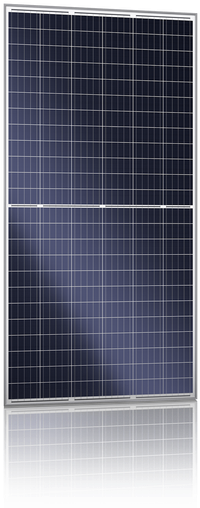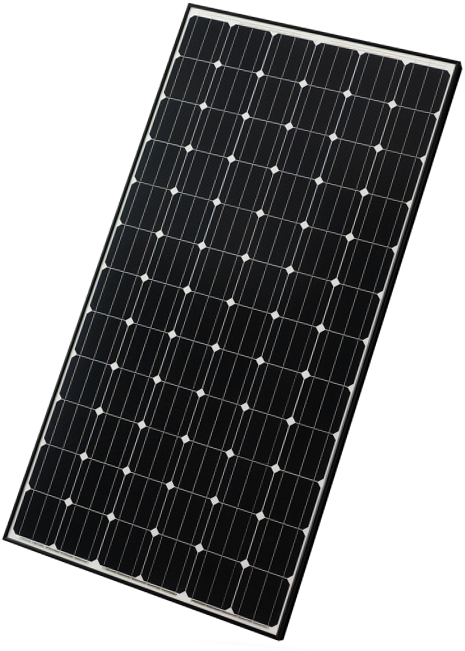Special Offers
Solar Panels
Wide range of solar panels and technologies from the reputed brands for your project...
Half Cut Mono-Crystalline
Solar Panels
In a traditional silicon cell-based PV module, the ribbons interconnecting neighboring cells can cause a significant loss of power during the current transport. Cutting solar cells in half has been proven to be an effective way to lower resistive power loss. The half-cut cells generate half the current of a standard cell, reducing resistive losses in the interconnection of solar modules. Less resistance between the cells increases the power output of a module. Solar Power World Online has noted half-cut cells can potentially boost power output between 5 to 8 W per module, depending on the design.
With a higher power output on module that costs relatively similar, it speeds up ROI. This makes the cells a great idea for end users who want a quicker turnaround on their investment. After conducting a series of tests of half-cut and PERC solar cells in a large-area PV module during in a controlled environment, the Institute for Solar Energy Research Hamelin broke the previous record for module efficiency and peak power output, PV-Tech reported. While they're not the only organization performing ground-breaking work on half-cut cells, the record, which was independently confirmed by TUV Rheinland, demonstrates the viability of using these modules to bring PV development to its most advanced and lowest cost yet.
Because of its performance gains, many companies have already switched to half-cut designs, which should further increase market share for these PV products.


Poly-Crystalline
Solar Panels
Polycrystalline solar panels are also made from silicon. However, instead of using a single crystal of silicon, manufacturers melt many fragments of silicon together to form the wafers for the panel. Polycrystalline solar cells are also referred to as “multi-crystalline,” or many-crystal silicon.
Polycrystalline solar panels generally have lower efficiencies than monocrystalline cell options because there are many more crystals in each cell meaning less freedom for the electrons to move. Due to the easier manufacturer process, these panels have a lower price point on average. In addition, polycrystalline solar panels tend to have a blue hue instead of the black hue of monocrystalline solar panels. Because they are less efficient than other types of panels, you will need more to provide electricity for your home but their cost is lower.
Mono-Crystalline
Solar Panels
A monocrystalline solar panel is simply a solar panel made from monocrystalline solar cells or “wafers.” Monocrystalline wafers are made from a single silicon crystal that is formed into a cylindrical ingot. Although these panels are generally thought of as a premium solar product, the main advantages of monocrystalline panels are higher efficiencies and sleeker aesthetics.Because a monocrystalline cell is composed of a single crystal, the electrons that generate a flow of electricity have more room to move. As a result, monocrystalline solar cells are more efficient than their polycrystalline solar cell counterparts. You will need less monocrystalline panels for your roof to produce more kWh of electricity than other types of panels, but they are more expensive per panel
Because a monocrystalline cell is composed of a single crystal, the electrons that generate a flow of electricity have more room to move. As a result, monocrystalline solar cells are more efficient than their polycrystalline solar cell counterparts.

— working with global brands:








